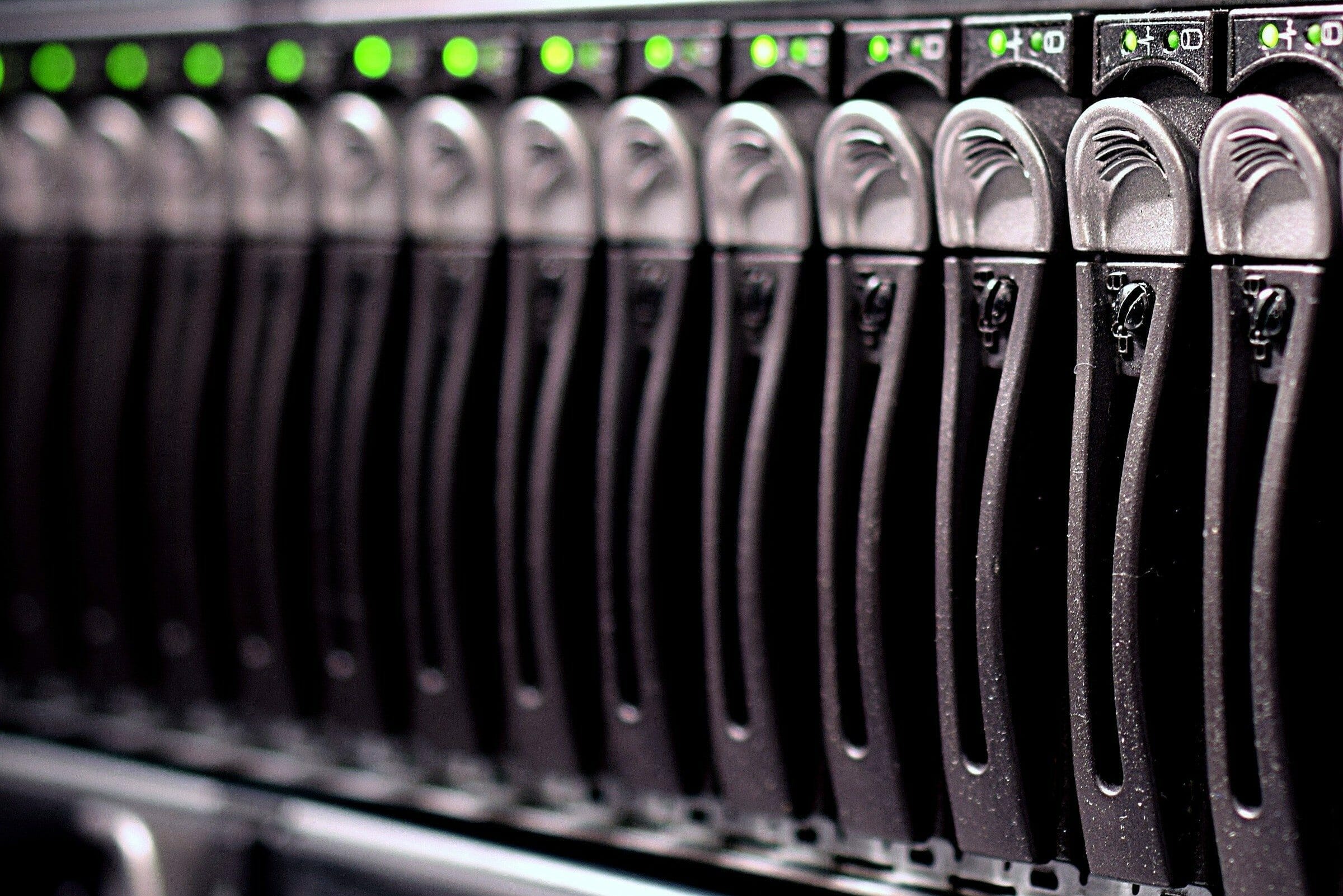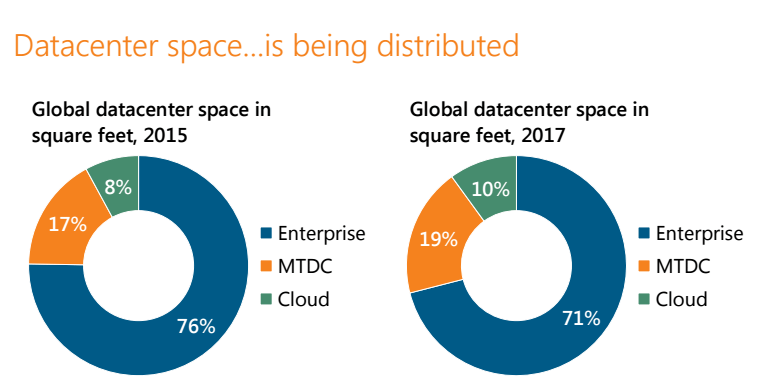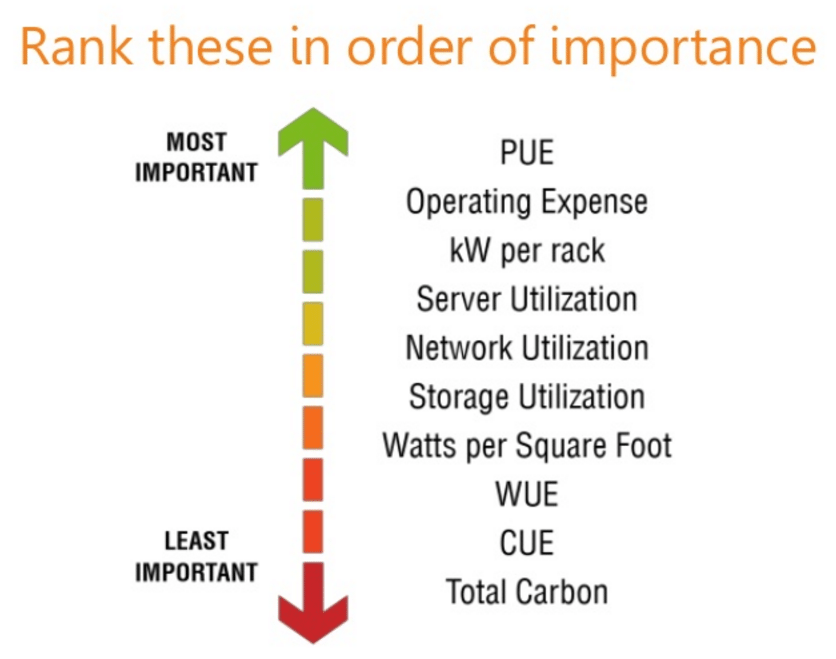The Shifting Landscape of Data Center Energy Efficiency: What’s Happening Now?9 min read

Earlier this year the Uptime Institute released their annual 2015 Data Center Industry Survey. The survey featured responses from Facilities and IT managers all over the world, both on the enterprise side as well as the MTDC side. We thought some of this information was highly valuable and worth sharing, so we culled through the survey presentation and found some interesting insights that we wanted to expand upon.
What’s Concerning Data Center Managers?
When asked about their biggest concerns of the future of their organization, the survey respondents answered:
1. Outsourcing
2. Energy Cost & Availability
3. Organizational Apathy
We thought these issues are all germane to our customers and partners since our goal is to help data center managers optimize cooling via airflow management. Below is our take on how these areas of concern are changing, and offer some additional information on how to alleviate the concerns.
Outsourcing: MTDC vs. Enterprise
It’s not exactly breaking news that the MTDC segment of the data center market has undergone explosive growth over the past few years, and will continue to do so for the foreseeable future. As we begin to see more hybrid IT management models rolling out, it’s an increasingly common reality that IT managers must balance the management of their own data centers, along with the use of some colo/cloud services. While this has caused some anxiety among enterprise-owned data centers, it has certainly not spelled the death of the enterprise data center.
Andy Lawrence, of 451 Group, recently gave a presentation on this subject at last month’s Hosting and Cloud Transformation Summit in Las Vegas. His presentation emphasized that there is clearly a shift to the cloud market, but it’s not an ‘all or nothing’ approach. As the image below shows, there is a shift to more cloud/MTDC services; however, enterprise owned data centers will continue to make up the majority of the data center market for the foreseeable future.
Source: 451 Research, Andy Lawrence
All this to say, the approach each market segment takes to energy efficiency is different. However, this is not surprising given their business models. Some MTDCs work hard to run an efficient operation and pass along savings to their customers, while others are more challenged to do this if they cannot directly impact the server area of their client. We have been seeing some large MTDCs begin mandating that their customers take steps to ensure efficiency, such as using floor grommets or blanking panels in the rack to improve airflow. (For more on this subject, it’s worth reading our blog post from the summer: 8 Reasons Coloration Operators Should Care About Airflow Management & Cooling Efficiency.)
Energy Cost: Measuring What’s Important
Typically, the IT department is responsible for reducing IT cost and improving efficiency. This explains the prevalence of such IT led initiatives to improve efficiency, including virtualization, converged infrastructure, etc. However, there are certainly opportunities to improve energy costs on the facilities side as well.
When asked which metrics are most important to them, data center managers participating in the Uptime Institute Survey listed the following:
Source: Uptime Institute
These metrics underscore the importance of running an efficient operation. Given that the average data center’s cooling infrastructure consumes almost half of the entire data center’s power, there is continued room for improvement in cooling optimization. The easiest/quickest way to make this fix is through airflow management and an understanding of your cooling capacity. Optimizing your data center’s cooling infrastructure will allow for many opportunities for improvement, including improved PUE, lower energy costs, or release of stranded cooling capacity to add additional IT equipment within the existing space. Unfortunately, however, in the field we often see many of the airflow management best practices ignored time and time again. According to the Uptime Institute Survey, 68% of Colos have a formal energy management plan, while just 39% of enterprise data centers do. So while the notion of measuring energy efficiency has gained ground, there is still a lot of room for improvement in its practical application. We recommend starting by understanding your Cooling Capacity Factor.
Organizational Apathy
This one has us worried too. According to the Uptime Institute survey, 44% of enterprise data center managers have interdisciplinary meetings either rarely or never. We take this to mean that IT and Facilities are not working nearly as closely as they should be.
Upsite Technical Advisor Ian Seaton recently wrote a white paper on this very subject. His research stresses that mutual understanding between IT and Facilities is necessary to optimize the infrastructure for efficiency, as everything from server choices to racks in colos can impact and cooling efficiency. Additionally, airflow dynamics are greatly influenced by IT equipment decisions. Therefore, to achieve the highest level of operational efficiency and energy savings, IT and Facilities MUST be on the same page and be working together to make decisions that touch all aspects of the data center. To read more on this subject, it’s worth your time to download the white paper.
Airflow Management Awareness Month
Free Informative webinars every Tuesday in June.









0 Comments